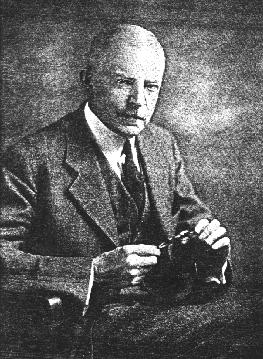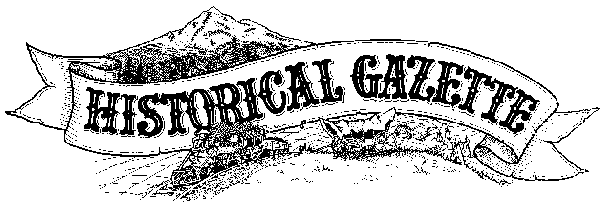August to December 1900
Excerpted from USGS Reports
The Gold Belt of the Blue Mountains
of Oregon
by Waldemar Lindgren
Alamo District
--Placer Deposits--

The streams above Alamo--Beaver Creek, Clear Creek, and Ruby Creek--are filled with gravel to a depth of 15 feet and a width of from 50 to several hundred feet. All of these water courses have been washed, though few placers have records of having been extraordinarily rich. Old placers on low gravel benches are also found on Spring Creek, a mile or two below the Little Giant mine. Most of this kind of placer work has been done by Chinese. Olive Creek and Quartz Gulch are the localities reported richest. For a mile or two above Alamo, Olive Creek widens considerably, but the gravels in this flat are said to have been too deep for successful work by old methods. If found rich enough they might be successfully dredged. Quartz Gulch, coming down from the vicinity of Robinsonville, is said to have been especially rich. The gold ranges in value from $14 to $17 per ounce, the poorest quality being found high up on the creek, where much ragged quartz gold appears.
On the road from Olive Creek to Robinsonville, near the divide toward Lightning Creek, a patch of rhyolite covers the slates, and on this rhyolite, at an elevation of 5,500 feet, rests a small body of auriferous gravels, which have been worked to some extent. This is another instance of the high gravels which are found in the Granite Basin about elevations of from 5,300 to 5,500 feet, and which indicate a damming by basaltic flows to this depth.
The Olive Creek mining district was organized in 1863, and in 1870, 80 white men and 50 Chinese were at work. About 1873 the yield began to decline. In 1882, 15 white men and 20 Chinese were at work, and the placers are reported to have yielded $13,000. Since then the production from this source has steadily diminnished, and at present but little placer work is being done.
These stories are available to our electronic readers as part of our contribution to the information available on the Internet. We're interested in hearing from you especially if you've been to Eastern Oregon, the Wallowas, the Blues, or if you know of Prof. Lindgren and his trips to the many other gold camps in the West. These stories are available to our electronic readers as part of our contribution to the information available on the Internet. We hope you enjoy the stories and if you have questions or comments please send a message to editor, Keith Whittle
More on Waldemar Lindgren:
[Editor's Introduction | "Gold Belt of Eastern Oregon"]Read our other gold mining editions:
[Sumpter, Oregon 1900 | Gold Seekers Rush to California]
[ Oregon: Land of Gold & Opportunity | Dequille Reports from the Comstock]

Bridget E. Smith, editor & publisher
Email | Home Page | Historic Headlines
Historical Gazette
Published in Portland, Oregon
© 1991-

